Nosaj Thing & Sunny Levine on the making of their cinematic and collaborative new album, Continua
Jason Chung linked up with producer (and Quincy Jones' grandson) Sunny Levine for the fifth Nosaj Thing record. We find out more about how it was made
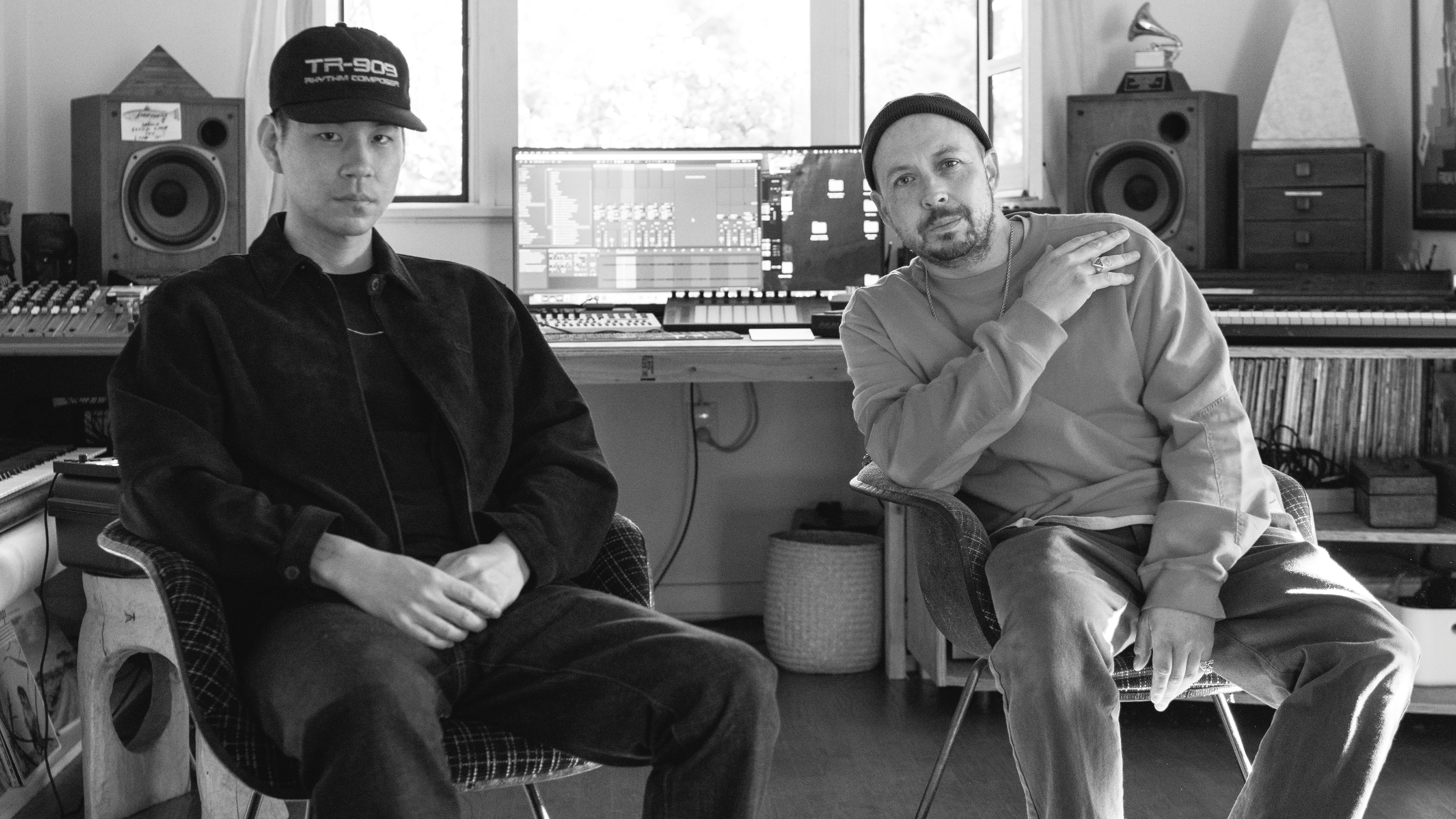
Known for creating ethereal, synth-based instrumental hip-hop albums such as Drift, Home, Fated and Parallels, Jason Chung (aka Nosaj Thing) has slowly moved towards a singer-songwriter aesthetic, reflected in both his own releases and vocal-based production sessions with other artists.
Going full steam ahead with that theme for his fifth Nosaj Thing album, Continua, Chung began collating vocal ideas from a stellar ensemble of guests, including Toro y Moi, Kazu Makino (Blonde Redhead), Julianna Barwick, Slauson Malone, Panda Bear, and Eyedress, amongst others.
Overwhelmed by the range of possibilities, Chung felt he needed help to cross the finish line. Having long collaborated with Sunny Levine – son of Stewart Levine and grandson of the legendary Quincy Jones – the in-demand producer was enlisted to help Chung fully define his creative vision.
Jason, do you typically work with a producer or is this the first time?
Jason Chung: “It’s the first time. From being a bedroom producer who primarily started making instrumental music, I’ve naturally progressed towards working with other artists and vocalists and that’s something I’ve had to learn, but this time it got to a point where it became a bit overwhelming because I was dealing with ten songs that all had vocals.”
How did you get in touch with Sunny?
JC: “I met Sunny over ten years ago and we’ve been working on music together for at least five of those so I’ve always trusted his tastes. Most of the record was made remotely with other collaborators either prior to or throughout the pandemic, but it got to a certain point where I realised how much I missed having Sunny in the room and his advice on how he hears music. Basically, I just called him to say that I needed help finishing these songs.”
Get the MusicRadar Newsletter
Want all the hottest music and gear news, reviews, deals, features and more, direct to your inbox? Sign up here.
Sunny, people may not know that you’re Quincy Jones’ grandson. How influential was he and your father Stewart Levine in your decision to become a producer?
Sunny Levine: “They were pretty damned influential [laughs]. It’s almost a family business, so it would have been stranger for me not to become a record producer. They taught me about dealing with artists and how to roll up my sleeves and make a record in a room full of people, but I had to find out the modern way of making records on my own, which is making beats using samples and being alone in a room.
I like the idea of producing producers
“Somehow, between that old-school world and what I discovered from working with hip-hop producers or trip-hop people like Howie B, I found this weird in-between place that makes me helpful for people like Jason. I like the idea of producing producers.”
Jason, in what way was your approach to this album different?
JC: “This is the first album that I wrote working backwards. The photo on the cover is shot by a hip-hop photographer called Eddie Otchere who lives in LA but is actually from the UK. I was blown away by his photos in the mid-’90s, so I followed him on Instagram and found an image that almost felt like it had been taken out of my head. It became the mood board for this record, almost as if I was scoring to picture, and I sent it to all the vocal collaborators along with four or five song sketches.”
Sunny, do you typically like to discuss concepts and ideas with artists prior to working with them?
SL: “I like to find out what an artist is looking to do and then try to turn them on to whatever I know that relates to that. Part of why Jason and I work so well together is that we’ve hung out in the studio so much and played each other so much music that we’ve developed a language. Normally I’d have to figure that out with someone, but we’ve already spent years doing that so we can easily make dynamic shifts in our decision making.”
Can you give us an example of how a creative decision might have changed the direction of one of Jason’s songs?
SL: “There’s a song called Grasp with Coby Sey, Slauson Malone and Sam Gendel that we were trying to finish. We had all the parts in from everybody and I said we should try and turn it into a track that drives Gilles Peterson insane – let’s make it a Gilles Peterson fantasy!
I said we should try and turn it into a track that drives Gilles Peterson insane
“Music’s so abstract and you can make so many decisions even when a song is close to being finished that you just need something to chase after so you’re not drifting and making random choices. I guess that’s an example of taking a song and trying to get it over the finish line.”
As mentioned, every track has a different vocalist. Was there a particular reason for moving in a more song-oriented direction?
JC: “I listen to most of my music in the car and just noticed that I really enjoyed listening to vocals in that environment. As I’d also been producing for other artists and doing more vocal sessions, it felt like the right time to experiment more with vocals in my music. My favourite records growing up were Unkle, Portishead and Massive Attack and I feel there’s been a void in that space for a while, but I didn’t want Continua to be nostalgic – it’s my futuristic version of those records that were influential to me.”
SL: “A lot of modern electronic music will just use a little hook or a piece of a vocal, but when you listen to those Massive Attack records they’re real songs. They had such a major effect on both of us and we had lots of interesting conversations about why we felt this direction would work.”
How did you go about sourcing vocalists for the album?
JC: “That was the most difficult part. I’m quite shy and socially anxious, but I drew up a list of artists that I truly admire, respect and had been listening to during the whole of the pandemic and gave it to Dom at LuckyMe Records. He suggested I reach out to them directly, so I started contacting a few and they were down to collaborate, which only inspired and motivated me to keep going.
“Don’t get me wrong, it took about a month to gather enough courage just to message them [laughs], but it also taught me to go after the ideas that you have in your head because you really never know until you go for it.”
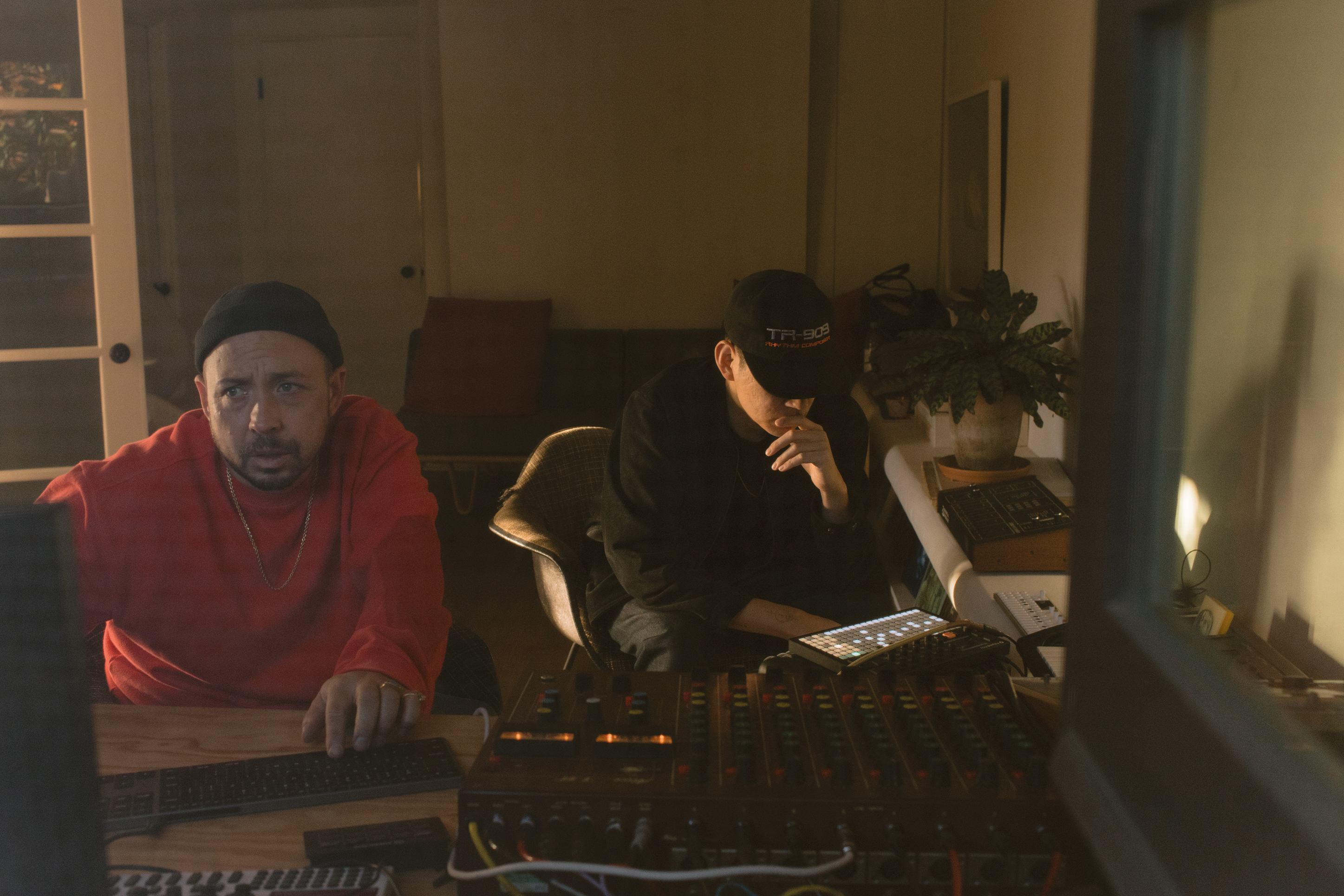
You mentioned giving them a choice of tracks to work on?
JC: “I’m always working on little 30-60 second sketches and I keep them on my hard drive like a diary. When it’s time to actually make an album, I’ll start going through all those ideas and bring them into a new folder, so I basically sent those sketches to each vocalist and whichever ones they gravitated towards I made arrangements for and started building the tracks up that way.”
Were all the vocals recorded remotely or was it essential to work with each vocalist in person where possible?
JC: “I’m already aware that to be a good producer you need to be a really good communicator, so once I was ready to have those conversations I did my best to explain to them what this record was all about via FaceTime or a Skype call. Most of the singers were in different time zones and when you don’t know someone all that well it’s hard to sync up at first because you’re just learning how to communicate.”
SL: “A lot of times Jason would get an idea back from a vocalist and he’d work on it, or we’d work on it together and decide that if they could just do one more verse that felt a certain way we could flesh the track out and finish it. Music is all a puzzle and that can be overwhelming, especially when you have that many tracks from different people.”
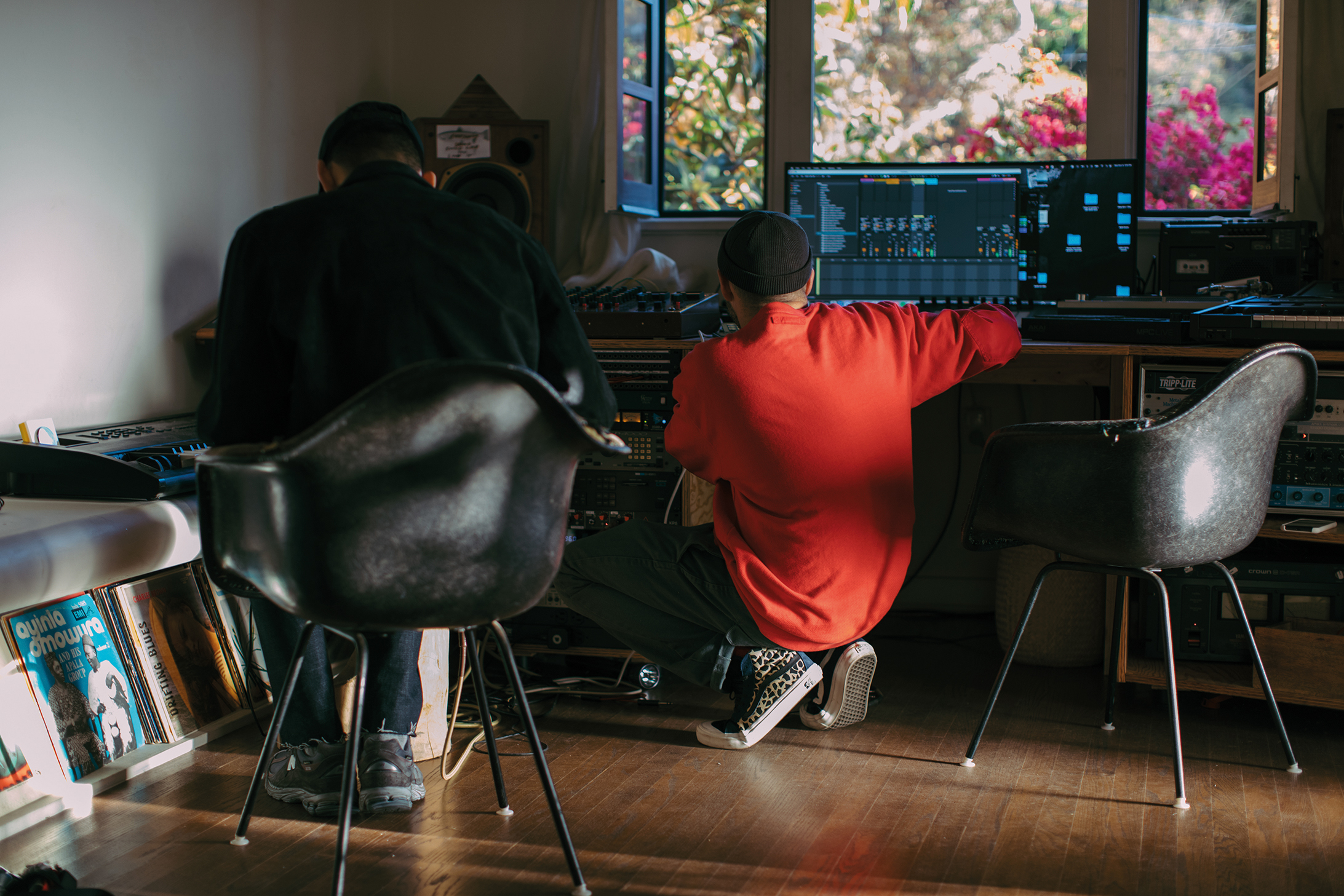
Is that basically how your creative partnership evolved throughout the making of the record?
JC: “A good example would be the Grasp song that Sunny mentioned. It all started with Slauson Malone laying down a guitar riff and bassline, then Sam Gendel gravitated towards that idea and added sax and I put down some drums. When the track got to Coby Sey, he laid vocals down to everything Sam had recorded, but when Sunny heard it he thought everything sounded a little crowded so we decided to move it all around.
“It was the same with the last track Different Life ft. Eyedress. He wrote a few words and just sang them over and over for 20 minutes until it almost sounded like a mantra. But the words kept changing and so did the delivery, so Sunny and I just cut it up and puzzled it all together.”
SL: “Sometimes the proportions are off and you only have to move something a little. I’m not sure if I know anything special that Jason doesn’t, it’s often about just having another pair of eyes and ears to work alongside you.”
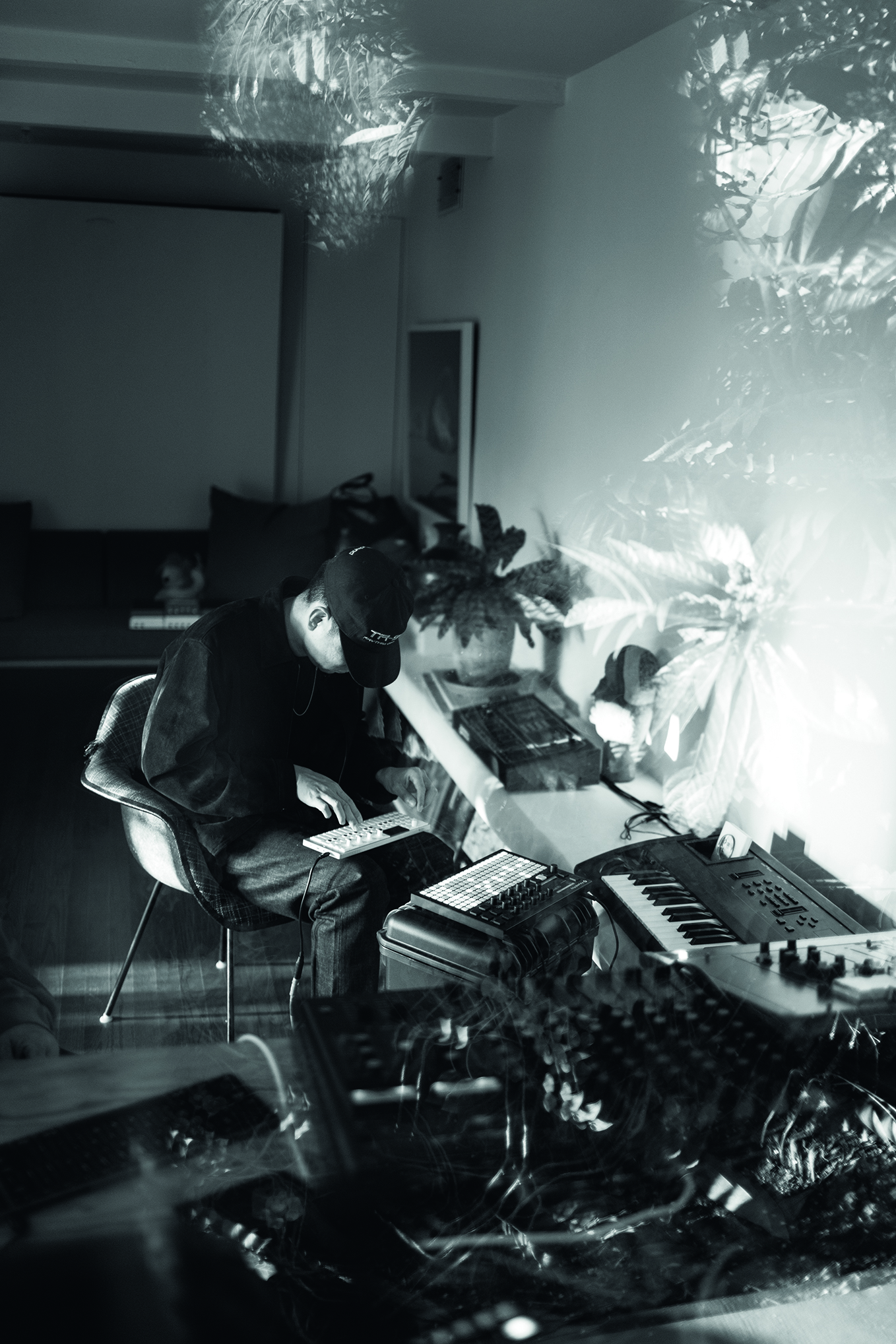
What’s your view on working with artists remotely – is it a necessary evil or does today’s technology render it less important these days?
SL: “If you’d asked me a few years ago I’d have said there’s no way you can make good records remotely, but during the pandemic I made a record with Jon Batiste remotely and it won a Grammy [laughs]. When you work with someone in a room, there’s sometimes a lot of pressure and that can make great things happen, but sometimes people are more likely to give you something special from their own comfortable space with their own gear. The optimistic view is that it’s all cool, but it’s good to be back in rooms working with people.”
If you’d asked me a few years ago I’d have said there’s no way you can make good records remotely, but during the pandemic I made a record with Jon Batiste remotely and it won a Grammy
JC: “Because I primarily come from making instrumental music, I guess that I treat vocals as just another instrument. Maybe that’s why working remotely with a vocalist works for me because the chain of effects and EQs I use are the same as on any other synth part so it doesn’t sound pasted on. Do you know the band Broadcast? They’re one of my favourites and you can hear this reverb throughout all of their records. I always liked the idea of that because it makes it feel like everything came from the same room.”
SL: “All the great old records are like that – even early jazz records. You had all these different guests coming in but because they were all recorded in the same room with the same plate reverb it’s all tied together. Nowadays, people try to use as many plugins as they can, but sometimes it’s better to be a little more disciplined and take an overall view of the sound.”
A few other people played an important role in relation to the live instrumentation used on the record, notably Michael Andrews and Amir Yaghmai?
JC: “I first worked with Amir on a track ten years ago and I met Mike Andrews – a film composer known for working on the movie Donnie Darko – through Amir. I really saw this record as a movie and felt I could bring a cinematic quality to it if we included strings, piano and other live instrumentation. It started with us just sending each other music on Spotify and then I’d go to Mike or Amir’s studio to do some overdubs. They helped bring the record alive.”
Every record I’ve made has been recorded in a different space, so I decided that whichever piece of gear I hadn’t used in a year I’d sell
SL: “Those two guys are the Zen masters of overdubs. When you use them you know nothing bad is going to happen to your record – you’re just going to get cooler sounds. Whenever we were finishing a track and it needed a flash of extra colour, we’d take something that Mike or Amir had played and it would take care of a moment.”
Jason, we last spoke to you around the release of Parallels in 2017. Has your studio evolved much since then?
JC: “Every record I’ve made has been recorded in a different space, so I decided that whichever piece of gear I hadn’t used in a year I’d sell and that was mostly vintage stuff. I just kept a few key pieces like the re-issued Prophet-5, a Yamaha CS-50 and I love the Teenage Engineering OP-1 synth. I also got rid of my original TR-909 and replaced it with a Soma Labs Pulsar-23 because it sounded new to me. I don’t want to be a collector and there are so many new instruments in the plugin world that I’m interested in.”
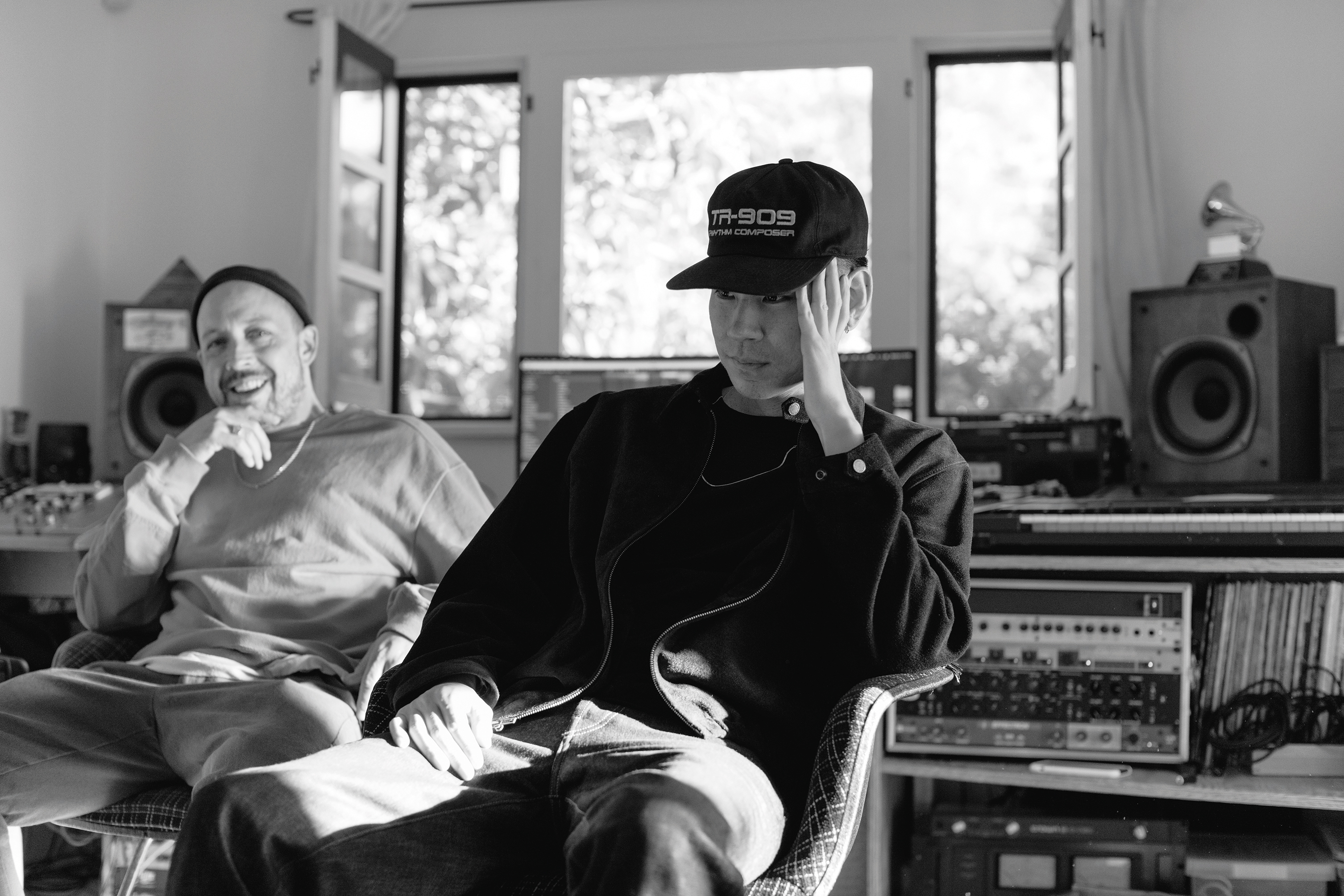
What plugins are interesting you right now?
JC: “I really love anything that UA is doing or plugins by Arturia or AudioThing and wish I could shout out to certain people from the Max for Live community as I use a lot of their patches. I also love using Cableguys’ HalfTime plugin. From my understanding, it pitches whatever you send it down one octave and divides the time of the rhythm and how it’s processed in real time. I usually use it for a chord progression or melody that needs to be flipped.”
Are you running your soft synths out of the box and through outboard?
JC: “That’s a good idea [laughs]. I’ll usually run soft synths through pedals to shape some of the sounds. Meris makes some really interesting pedals like the Polymoon and I like Retroactive Pedals’ Dot Chaser, the MOOD Chase Bliss pedal and a spring reverb by Vermona called the Retroverb Lancet. All my hardware runs through a Speck Electronics X.Sum summing mixer into a BAE 1073 dual Neve clone and straight into the UAD Apollo.”
Sunny, as a producer does your setup reflect a requirement for flexibility?
SL: “The room I have now is great to both begin and finish records in. I have an 8-channel Neve sidecar console that I run everything though and my drums go through an old Alice 828 mixer that’s great for giving you messed-up sounds. I grew up using an Ensoniq ASR-10 and an Akai MPC3000 to make records with and still get to use those a lot, but for this record I just went to Jason’s studio and was mostly using my brain rather than getting too hands-on with gear.”
You seem to work so well together – what comes next?
SL: “We’re down for doing anything in the future but I also think it would be great for us to help make other people’s records. We’ve talked about that so much – we’ve gotta put it out in the universe bro…”
JC: “Okay, I feel like Sade, or whatever an answer to a new Sade would be – a trippy, sexy, night-time soul record.”


"At first the tension was unbelievable. Johnny was really cold, Dee Dee was OK but Joey was a sweetheart": The story of the Ramones' recording of Baby I Love You
"Reggae is more freeform than the blues. But more important, reggae is for everyone": Bob Marley and the Wailers' Catch a Fire, track-by-track









